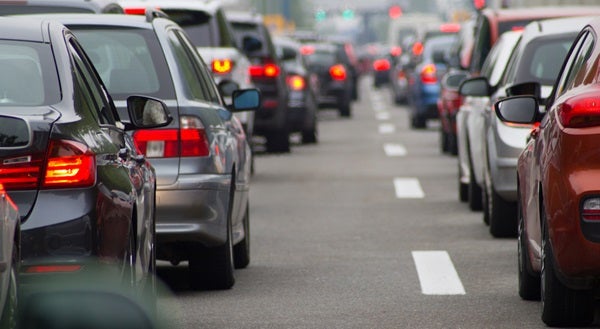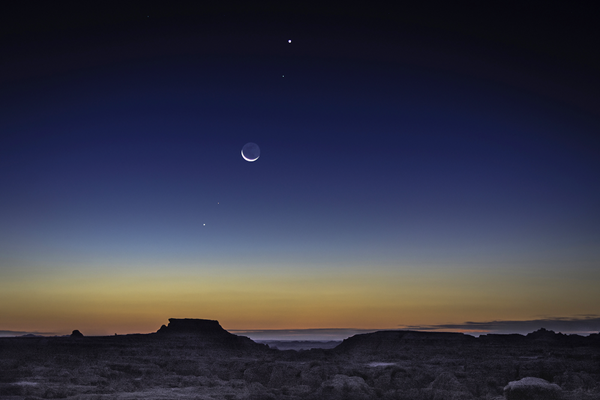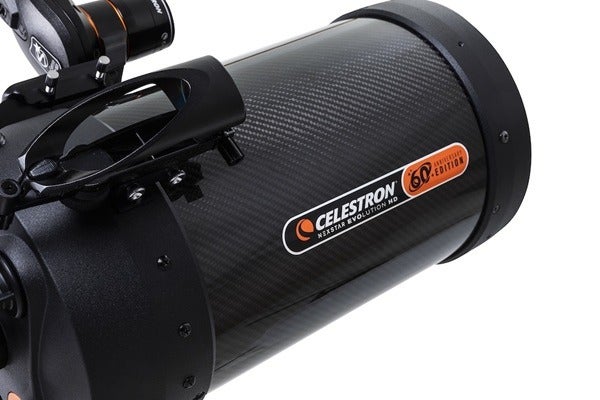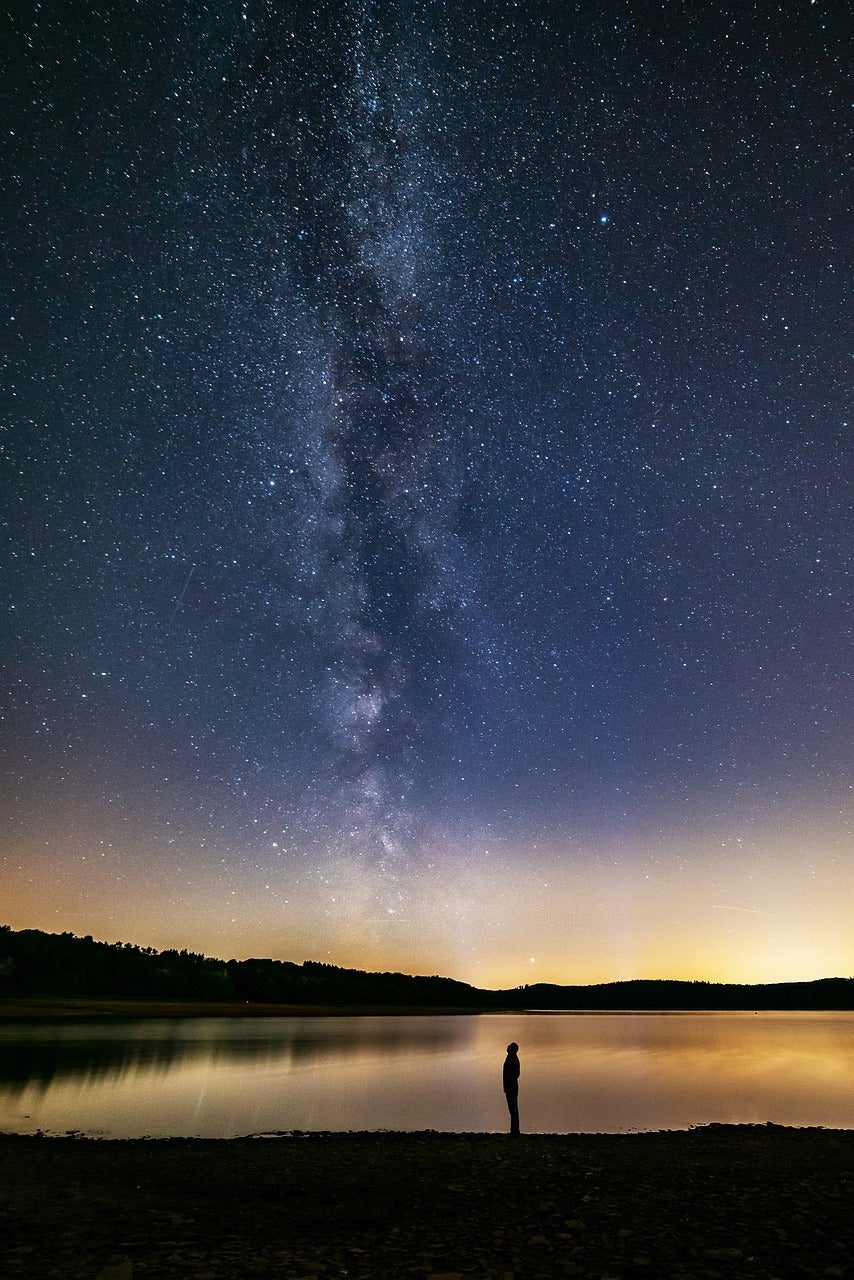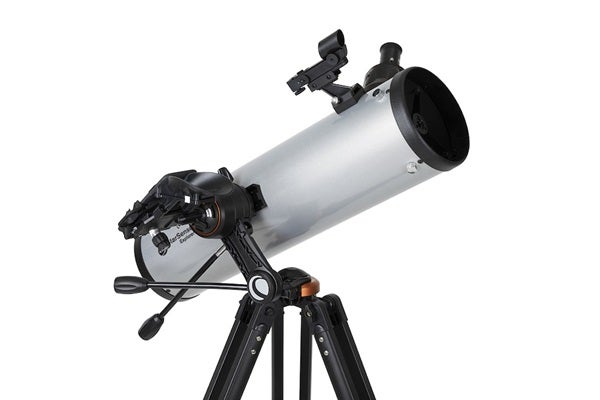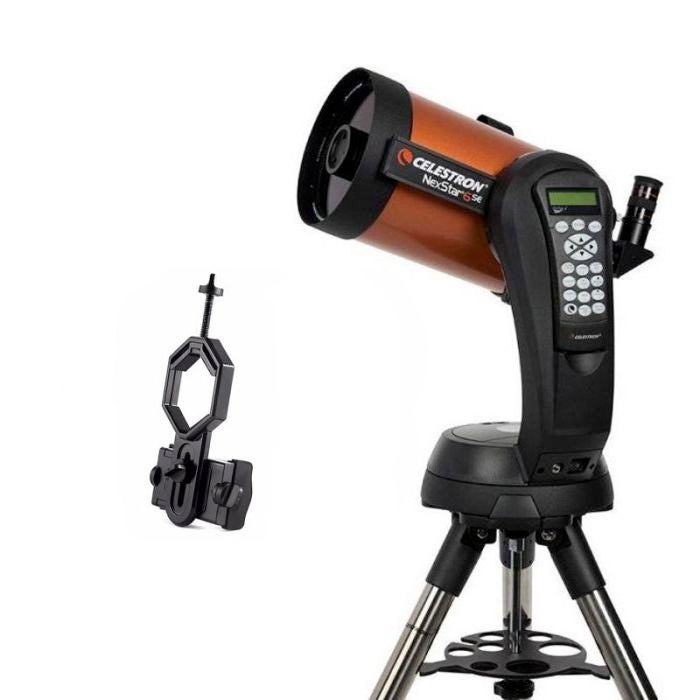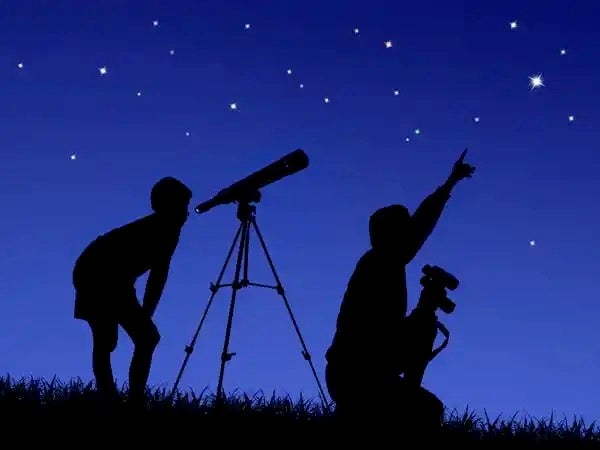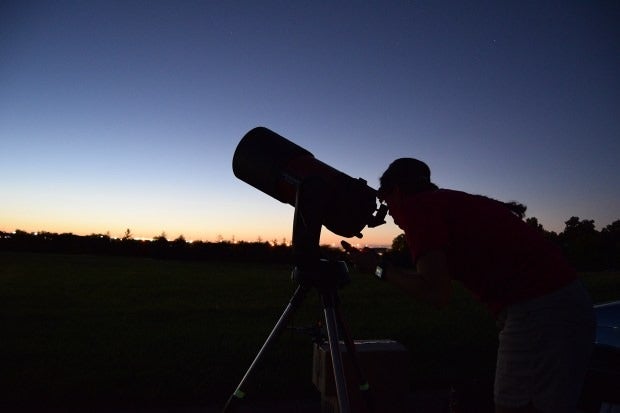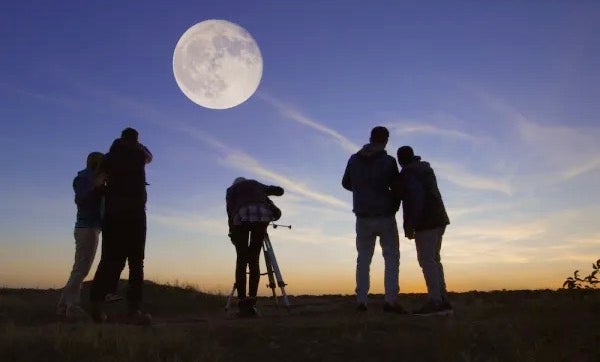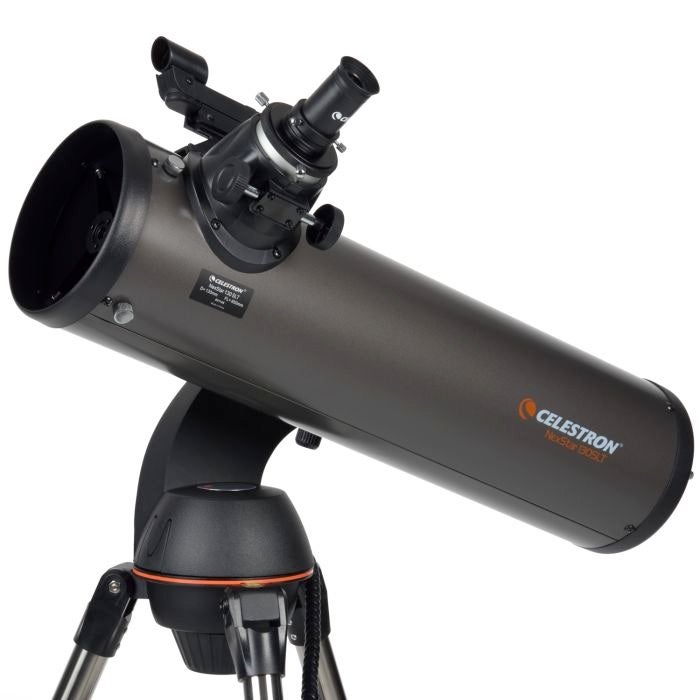One popular pastime is observing license plates. So, guess how many states’ tags contain a celestial image? Surprise: several!
Texas’ standard plate shows its trademark lone star. Colorado’s is dominated by what I imagine to be a huge unspoiled night sky above white mountains. Kansas’ spells out its Latin state motto, “Ad astra per aspera,” which is also the oath its astronomers repeat after dropping their costliest eyepiece: “To the stars through difficulties.” Still others — Arizona’s, Ohio’s, South Carolina’s — portray the Sun or Moon. And Alaska offers specialty plates featuring the aurora or the same star pattern as its flag: the Big Dipper pointing to Polaris.
But let’s get to real science. Once you’ve exhausted the parade of license plates, move on to observing your surroundings. Look out your car window and notice whether the horizon is dark blue, light blue, or milky. When you peer toward the low sky, you’re sighting through 40 times more air than when you look high overhead. Each tiny water droplet in that air scatters sunlight, creating a whitening effect. In bone-dry places like the southwestern U.S., the air’s minuscule moisture keeps the horizon blue. In humid locales like the Carolinas, the low sky is creamy. A deep blue low sky means the dew point is below 40 to 50 degrees Fahrenheit (4 to 10 degrees Celsius) — desertlike aridness. Pale blue indicates a dew point around 60 F (16 C). Milkiness with no blue reveals a dew point above 70 F (21 C), meaning you’ll see very few stars that night. Check your humidity appraisal against the local weather service. You’ll get good at this fairly quickly.
Next up, pull out your sunglasses, because it’s time to discuss polarization. Air molecules scatter sunlight, causing the rays to march in unison at a point about 90° from the Sun and syncing up the solar electric field vectors. This makes the sky surrounding that spot — just where the half Moon floats — the deepest blue of the whole sky when you’ve got your polarizing sunglasses on. Go ahead, take a look.
Trivia is another popular highway pastime. First, some plain old physics trivia. We can stump your geekiest passenger. Ask them to guess the minimum driving speed that causes bugs to splatter on windshields. It’s about 38 mph (61 km/h). Stay slower than that and you’ll make it home from a car wash with the car still gleaming, because insects just bounce off, intact.
It’s easy to add auto safety to our road trip trivia game. Just as with the asteroid impacts that cause mass extinctions and lunar craters, speed is far more critical than a moving object’s weight. Hopefully you’ll never validate this kinetic energy principle by totaling your car, but if that seems imminent, be aware that a crash at 35 mph (56 km/h) is twice as damaging as one at 25 mph (40 km/h). That amazing stat means even a small velocity decrease before an abrupt stop helps enormously. So brake hard.
Expand the conversation by considering a 2009 Universe Today article stating that about 1 percent of the static between FM channels is leftover microwave noise from the Big Bang. Can you therefore prove the Big Bang theory while stuck in traffic? It’s gotten trickier. About a decade ago, most broadcasters switched from analog to static-free digital, and that meant bye-bye to Big Bang signals. But if you drive an older car — I still adore my 2005 Solara convertible — then your analog radio may still keep you in business. When trapped in traffic, you’re also stuck in an expanding universe, and an old car may help prove it.
Road trips can be real catnip for science lovers. But — perhaps to make you consider that next turnoff — your overall lifetime odds of dying in a car as of 2019: 1 in 107. That’s very similar to the chance of not making it back from a space shuttle launch, back when they still flew.
You knew we’d get back to astronomy sooner or later.

